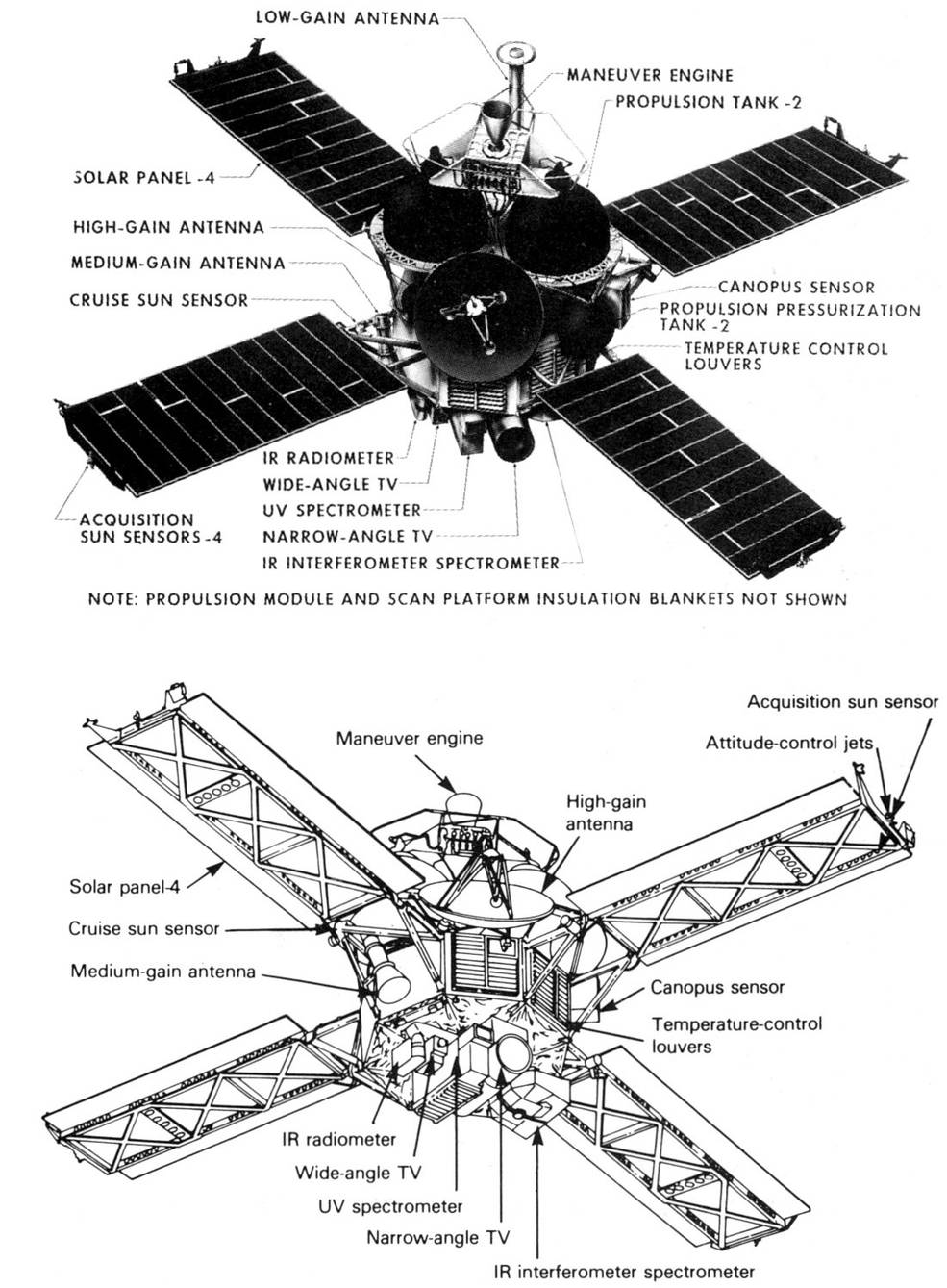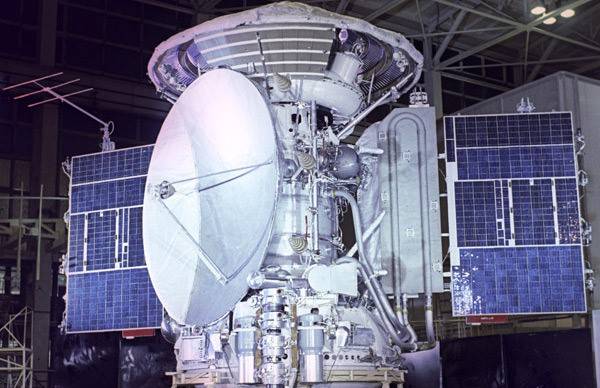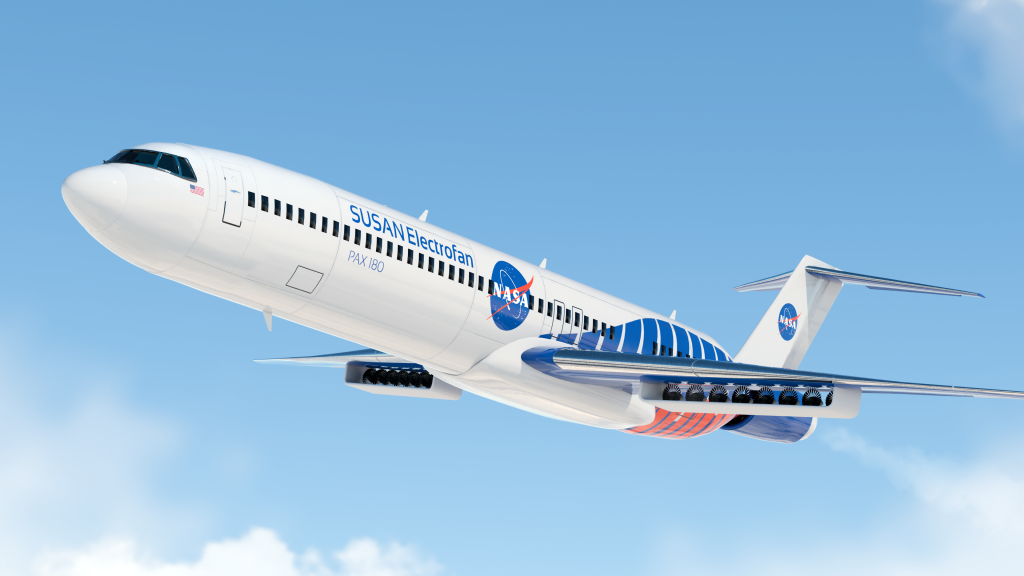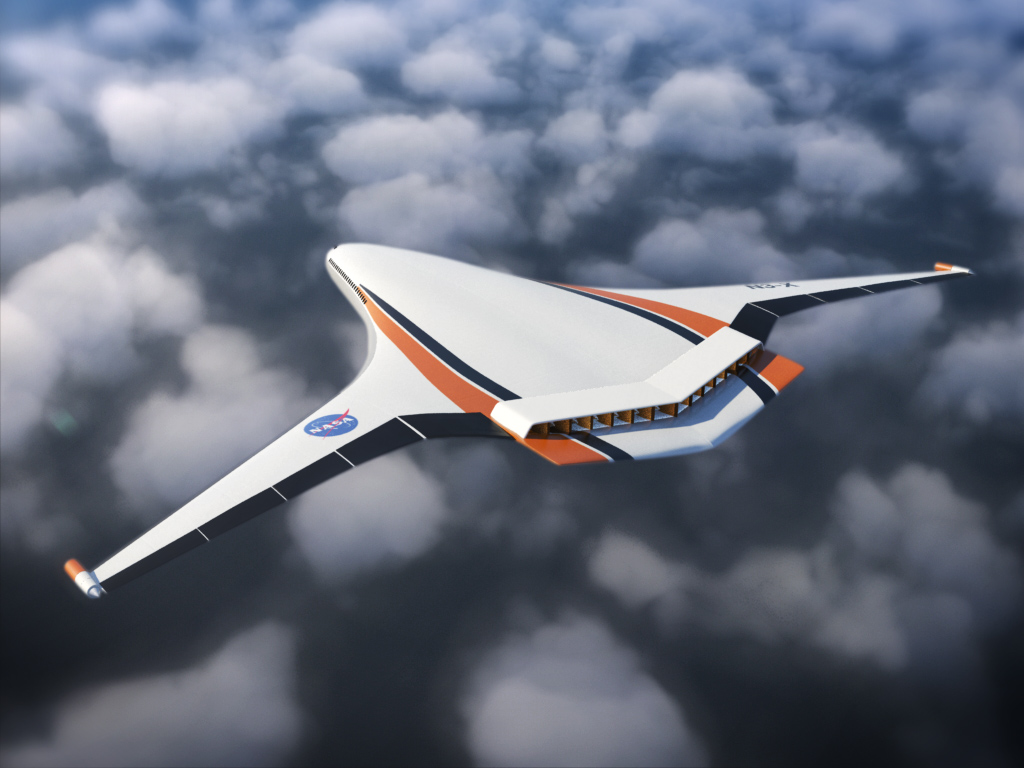Following the successes of the Mariner 6 and 7 fly-bys of Mars in 1969, NASA’s next goal in Martian exploration involved placing spacecraft into orbit around the Red Planet. The Mariner-Mars 1971 project, managed by NASA’s Jet Propulsion Laboratory in Pasadena, California, planned to insert two spacecraft, Mariner 8 and 9, equipped with cameras and other instruments, into elliptical orbits around Mars to study the planet for a minimum of 90 days. The two spacecraft had complementary but overlapping missions, with one mapping up to 70% of the planet’s surface while the second focused on recording temporal changes in the planet’s atmosphere and on its surface. Following Mariner 8’s launch failure, Mariner 9 picked up the combined objectives of both spacecraft. Mariner 9 launched successfully on May 30, 1971, and entered orbit around Mars on Nov. 13, 1971.



Left: Liftoff of Mariner 8. Middle: Launch of Mariner 9. Right: A model of the Mariner 8 and 9 spacecraft.
The first of the two 2,200-pound Mars orbiters, Mariner 8, lifted off from Cape Kennedy Air Force Station, now Cape Canaveral Space Force Station, in Florida atop an Atlas-Centaur rocket on May 8, 1971. The Centaur upper stage began to oscillate shortly after it ignited 265 seconds after launch and shut down 365 seconds into the flight. Mariner 8 tumbled into the Atlantic Ocean, the last American planetary spacecraft lost to a launch vehicle failure. Engineers attributed the failure to a faulty diode on a circuit board. Ground crews installed a modified circuit board into Mariner 9’s Centaur, and the second spacecraft launched without incident on May 30, beginning its 167-day journey to Mars. Mariner 9’s instruments, mounted on a steerable scan platform, consisted of:
- Wide-angle and narrow-angle television cameras for imaging the planet down to a resolution of 320 feet;
- An infrared interferometer spectrometer to provide information on the structure of the Martian atmosphere;
- An infrared radiometer to provide information on the brightness temperatures of the Martian soil;
- An ultraviolet spectrometer to determine surface and atmospheric composition.
On Nov. 13, 1971, Mariner 9 entered an elliptical orbit around Mars, the first spacecraft to orbit another planet, and began its mission of discovery of the Red Planet. It continued to operate until Oct. 27, 1972, well past its design life, returning 7,329 images of the planet and mapping 85% of its surface.


Left: Illustration of Mariner approaching Mars and its planned orbit around the planet, with the orbit of its two satellites Phobos and Deimos shown for reference. Right: Schematic of Mariner 9 showing its science instruments.
Mariner 9 did not travel to Mars alone. The Soviet Union launched three spacecraft planned to orbit and land on the Red Planet and deploy PrOP-M mini-rovers on the surface. The first, an orbiter, launched from the Baikonur Cosmodrome in Kazakhstan on May 10 but failed to leave Earth orbit and the Soviets called it Kosmos 419 to hide its true identity. Mars 2 and 3, combined orbiter and lander spacecraft, launched on May 19 and 28, respectively, successfully left Earth orbit, and began their interplanetary journeys. Mars 2 reached its destination on Nov. 27, 1971, and released its lander which entered the Martian atmosphere at too steep an angle and crashed on the surface, the first spacecraft to reach the surface of Mars. Meanwhile the orbiter entered an elliptical orbit around Mars. Mars 3 arrived on Dec. 2, 1971, and released its lander that made the first soft-landing on Mars in the Ptolamaeus Crater. However, the lander stopped transmitting after only 20 seconds and did not return any useable data and could not deploy its PrOP-M rover. The Mars 3 orbiter entered a partially useable highly elliptical orbit around Mars caused by a shorter than planned orbital insertion burn. This Russian-language, English-subtitled video provides a description of what the Mars spacecraft would have accomplished had everything gone according to plan.



Left: A model of the Mars 2 and 3 spacecraft, with the lander mounted atop the orbiter. Middle: A model of the Mars 2 and 3 landers as they would appear on the surface of Mars. Right: A model of the Mars 2 and 3 PrOP-M rover.
To be continued …
John Uri
NASA Johnson Space Center




























